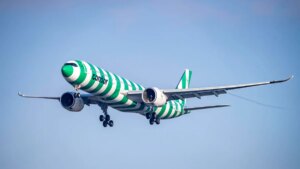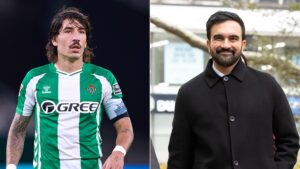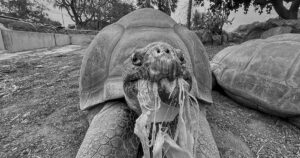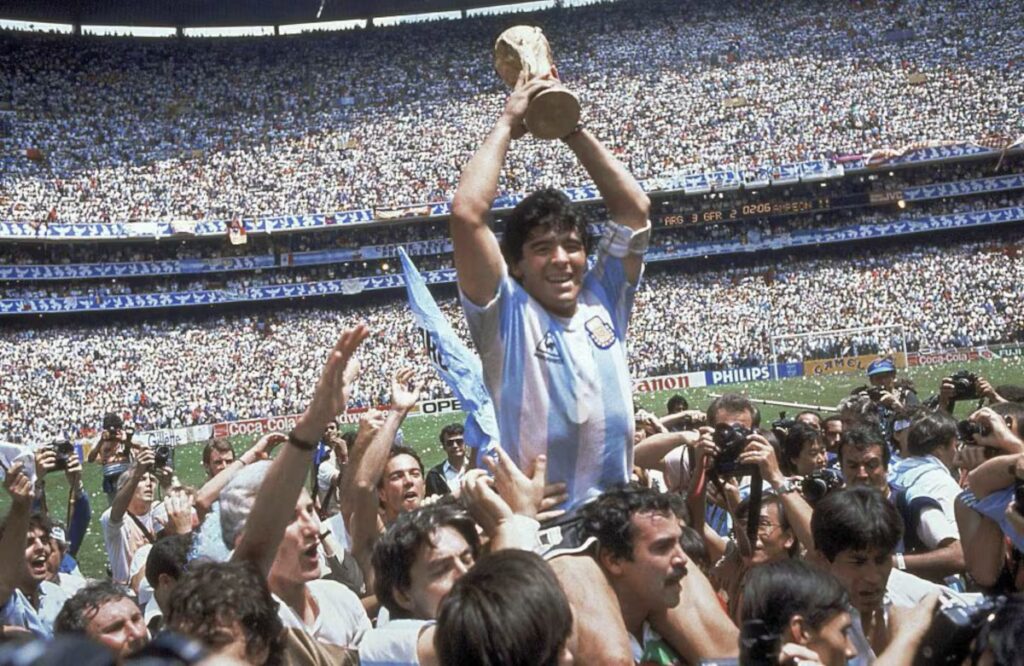
“Many times they killed me, many times I died, yet I’m still here, resurrecting”, they wrote on Diego Armando Maradona’s profile to honor him five years after his death. The lyrics of the song “Como la cigarra” by María Elena Walsh remind us that for Argentines their beloved idol is eternal. The Maradona family believe the football star’s death from cardiopulmonary arrest weeks after his 60th birthday could have been avoided, and are calling for justice so he can rest in peace.
The first trial ended in a mistrial and one of the judges was removed from office. The second attempt to determine whether the medical team treating Maradona is responsible for his death will begin on March 17, 2026.
Maradona died in a rented house on the outskirts of Buenos Aires, where he was recovering from surgery. The news that his heart had stopped beating plunged Argentina into collective grief, breaking restrictions imposed by the COVID-19 pandemic.
“We will always miss you”, “We love you”, “Diego forever”, numerous fan accounts published on November 25, along with images and photographs of Fluff.
Boca Juniors, the club that the star described as “his place in the world”, paid tribute to him with a video in which Xeneize fans of all ages placed daisies on the left leg of the statue of the number 10 located in one of the corridors of the Bombonera. “Only those who are forgotten truly die and we remember you, Diego, every day,” the Argentine Football Federation added in another video.
The tributes crossed borders and had a particularly strong resonance in Naples. In that city in Southern Italy, the memory of Maradona, star of Napoli, with whom he won two championships in 1987 and 1990, remains alive.
Maradona’s death sparked a bitter inheritance dispute between his five recognized children: Dalma, Giannina, Diego Jr., Jana and Diego Fernando. After years of public clashes, a conclusion was reached last month, following the joint signing of an agreement with the Swedish-Iranian company Electa Global for the production, distribution and marketing of products under the Maradona brand.
M10 Memorial
The remains of the 1986 World Cup champion rest in the Bella Vista cemetery, on the northern outskirts of Buenos Aires. This is a temporary place, as his children plan to move his body to a memorial that will be erected in front of the Casa Rosada, in the center of the Argentine capital.
The proposal for the memorial was submitted last year, but its construction is at a standstill. “With everything that happened during the trial, everything else has taken a backseat. The memory is important, but the legal question is more immediate. The trial is in the foreground,” his eldest daughter, Dalma Maradona, told the newspaper. The nation a few weeks ago.
to the annulment of the trial
The first trial was canceled amid a huge judicial scandal. After several months of hearings, it emerged that one of the three judges on the panel, Julieta Makintach, had secretly authorized the recordings for a documentary, “Divine Justice,” which featured her as the main subject. Makintach, daughter of a well-known judge, was removed from her position and banned from judicial duties for life. He will also face criminal charges for his actions.
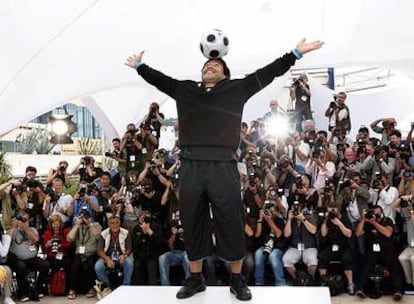
The new trial will be presided over by a different court, composed of judges Alberto Ortolani, Pablo Rolón and Alberto Gaig. The judges ruled that all procedural actions taken after the addition of “plaintiff” Judge Makintach were null and void, but upheld the validity of evidence and other provisions produced before that date.
The autopsy determined that the cause of death was “acute pulmonary edema secondary to an acute exacerbation of chronic heart failure”. It was also revealed that the former player suffered from cirrhosis of the liver, a long-standing lung disease, a “monstrous enlargement of the abdominal cavity” and serious abnormalities in his kidneys and especially his heart, which, according to experts, weighed “more than double the normal weight”.
Although his health was precarious, the quality of the medical and human care that the former footballer received between 11 and 25 November is fundamental to understanding what responsibilities fall on the health workers in charge.
The main suspect in the case is neurosurgeon Leopoldo Luque. Luque was responsible for Maradona’s recovery and, according to his daughters, was the one who convinced them to transfer him from the clinic where he had been operated on and to continue his treatment in a private residence. The list of defendants also includes the psychiatrist Agustina Cosachov, the psychologist Carlos Díaz, the nurses Ricardo Almirón and Mariano Perroni, the private insurance coordinator Nancy Forlini and the doctor Pedro Di Spagna.
The house he was in did not have emergency medical equipment or a bathroom that met the accessibility requirements of a patient with limited mobility. Gianinna Maradona, another of his daughters, said doctors had promised “serious home care” but, in practice, it had been “a disastrous charade”. The family insists Luque ignored their warnings until it was too late.
Sign up to our weekly newsletter to get more English-language news coverage from EL PAÍS USA Edition
